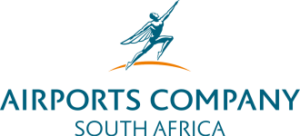
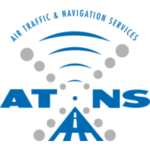



about us.
Aviata has been providing Air Traffic Management services since June 2009, when we noticed a need for specialised aviation services in the sub-Saharan region.
We work with clients ranging from Civil Aviation Authorities, aeronautical authorities, military, airports companies, States, private businesses, and individuals.
To date, we have completed projects in South Africa, Namibia, Zambia, Botswana, and Mozambique, and continue to broaden our service offerings beyond the sub-Saharan region.
about us.
Aviata has been providing Air Traffic Management services since June 2009, when we noticed a need for specialised aviation solutions in the sub-Saharan region.
We work with clients ranging from Civil Aviation Authorities, aeronautical authorities, military, airports companies, States, private businesses, and individuals.
To date, we have completed projects in South Africa, Namibia, Zambia, Botswana, and Mozambique, and continue to broaden our service offerings beyond the sub-Saharan region.
our focus.
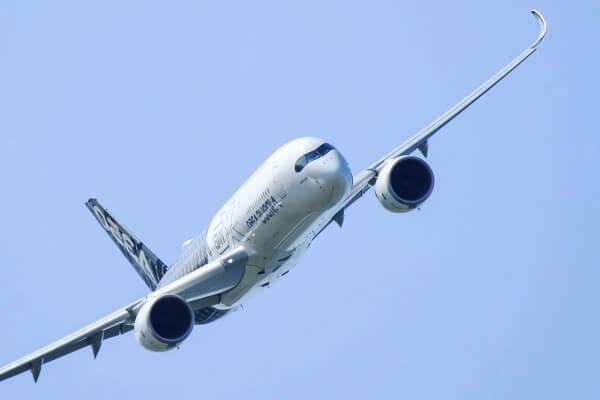
We provide a comprehensive array of instrument flight procedure designs that range from conventional navigation to precision, non-precision, and RNAV approaches (LPV, LP, LNAV/VNAV (Baro-VNAV) and LNAV), as well as Standard Arrival Route (STAR) and Standard Instrument Departure (SID) designs.
Additionally, we offer ground validation of the designs to confirm the correct application of design criteria and determine any required actions if necessary.
Currently known as an Air Traffic Control Surveillance Minimum Altitude Chart (ATCSMAC), these charts are an ICAO requirement.
They relieve air traffic controllers of the responsibility for determining the appropriate minimum safe levels in the vicinity of the aerodrome, as well as enabling flight crews to monitor and cross-check altitudes assigned by a controller.
We design, review, and amend these charts according to ICAO standard or the relevant national standard, if applicable, to improve safety and efficiency while vectoring aircraft in the vicinity of an aerodrome.
Radar flight trials are important in proving the performance of surveillance and navigational aid equipment, and form part of the basis for certification of a particular facility.
They represent an in-flight evaluation of facilities and provide a sampling of the radiated signals in the operating environment, as well as establishing the validity of the signals-in-space.
We develop, assess, and provide experienced flight crew, as well as aircraft, to perform radar flight trials of surveillance and navigational aid equipment, including WAM (wide-area multilateration).
We recommend that radar flight trials should be performed regularly or after major scheduled facility maintenance to confirm the validity of the signals-in-space.

Annex 14 assessments are performed to assess whether obstacles (natural or man-made) have an impact on the safety, accessibility, and efficiency of an aerodrome or airport.
Any proposed development in the vicinity of an aerodrome or airport needs appropriate assessment so as not to present a danger to passengers, crew, or aircraft.
Wind turbines are of particular interest as they form part of the global movement to renewable energy sources but at the same time due to their height present a potential safety hazard for an aerodrome or airport.
We perform Annex 14 Assessments in accordance with ICAO specifications and also offer services to provide further studies should they be required if the assessment indicates it necessary.
We recommend an Annex 14 assessment be done in conjunction with the annual WGS-84 survey of an aerodrome or airport.
With the global movement to renewable energy sources, proposed solar PV developments need to be assessed for their possible impact on aviation activity, in particular, if they are to be sited in the vicinity of an aerodrome or airport.
Under certain conditions, glint and glare effects may cause a safety concern. If the ‘glint’ and ‘glare’ effects are strong enough, they have the potential to cause temporary flash blindness in the aircraft crew or air traffic controllers that can hinder their abilities to conduct their operations.
We perform glint and glare assessments for any proposed solar PV developments, in particular, those in the vicinity of an aerodrome or airport to determine whether it potentially presents a hazard to passengers, crew, or aircraft.
Wind turbine technology used in the establishment of wind farms or wind parks has been proven to cause interference to aeronautical radio systems. With major interference on primary and secondary radar surveillance services has been widely reported.
Air Navigation Service Providers (ANSP’s) have established co-ordination procedures for the siting and positioning of wind turbines in close proximity to aerodromes and airports.
We perform EMI/EMC assessments to determine if the proximity of wind turbines to an aerodrome or airport cause possible degradation of aeronautical Communication, Navigation and Surveillance (CNS) services, as well as signals received by an aircrafts GNSS receiver.

Conducting regular WGS-84 surveys in and around an aerodrome or airport allows them to remain compliant with ICAO regulations.
The surveys also provide the aerodrome or airport operator a means to keep up to date with safety, when it comes to obstacles and/or obstructions that could possibly infringe on the Annex 14 and PANS-OPS surfaces.
Our registered surveyors perform WGS-84 surveys of all runway entities, navigational facilities, obstacles and any other pertinent aeronautical equipment located in and around the aerodrome or airport. They are also able to perform calibration of instruments.
Our charting service includes Instrument Flight Procedures charts, Aerodrome Obstacle Chart – ICAO Type A, Precision Approach Terrain Charts (PATC), Aerodrome/Heliport Charts, Aerodrome Ground Movement Charts, Aircraft Parking/Docking Charts, ATC Surveillance Minimum Altitude Charts (ATCSMAC).
Charts are created or amended according to the ICAO standard in conjunction with Annex 4 or the relevant national standard if applicable.
Charts are also produced for publication in the Aeronautical Information Publication (AIP).
We perform and assist with various aeronautical studies such as PANS-OPS studies, Aeronautical Environmental Impact Assessments (EIA’s), EMI/EMC studies.
Our Clients.

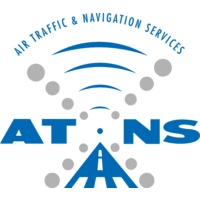





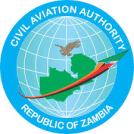
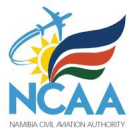

Our Clients.
Clients










